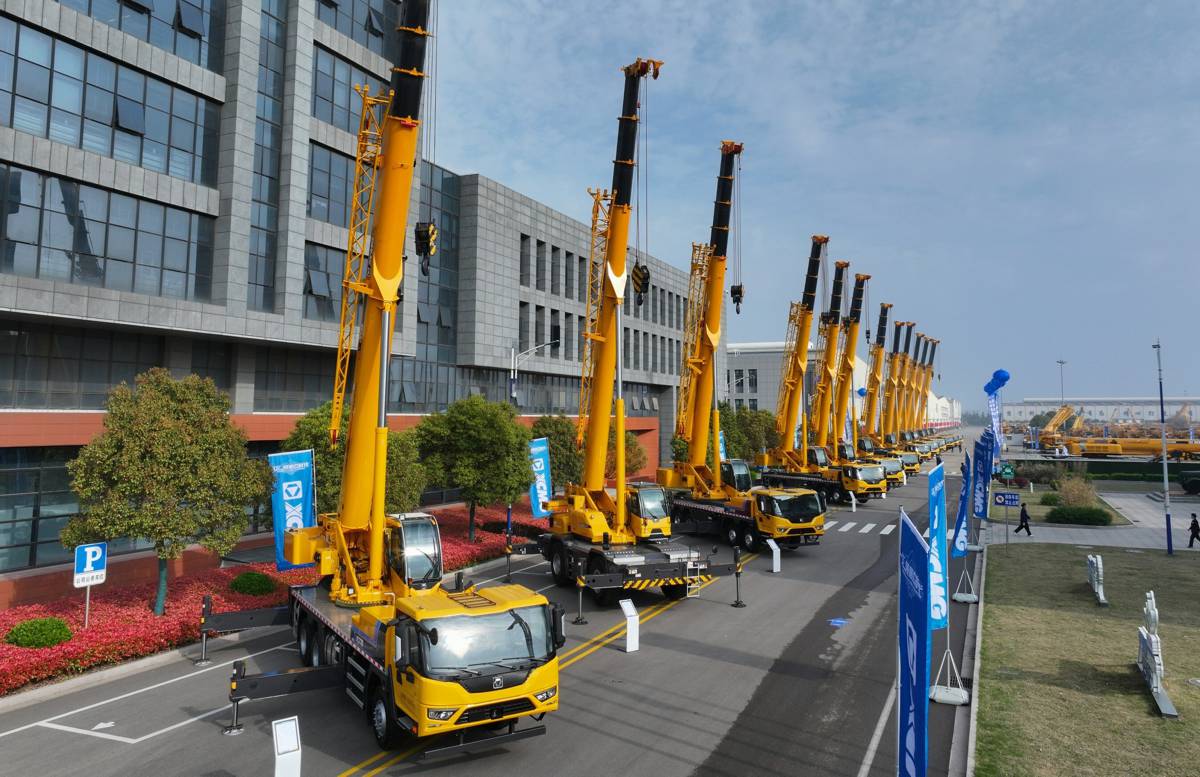ERF study benchmarks road networks in 20 countries
Routes de France, the European Union Road Federation (ERF) and the Fédération Nationale des Travaux Publics (FNTP), in collaboration with the European Construction Industry Federation (FIEC) and the Confederation of International Contractors’ Associations (CICA) initiated an international comparative study in March 2019.
The study covers 20 countries, including: United States, Canada, Mexico, Chile, Argentina, China, South Korea, Japan, Portugal, Spain, France, United Kingdom, Belgium, Netherlands, Germany, Austria, Norway, Sweden, Finland, and South Africa and presents an overview of the impact of new mobility uses on road infrastructures and their equipment prior to the crisis linked to the Covid-19 pandemic.
The benchmark study can be found here.
A disparate integration of new mobility in Europe
While Northern Europe seems more mature in the integration of new electric mobility, the situation is more balanced for autonomous and connected mobility. Some states (particularly the Scandinavian and Germanic countries, and the United Kingdom) stand out with open experimental legislation on autonomous vehicles, ambitious national strategies and plans, with the support of the automotive industry and start-ups.
Southern countries are more cautious about the use cases and levels of autonomy, with more restricted regulatory frameworks to deploy the potential of these mobility systems.
In the field of urban mobility, large cities and governments are focusing on soft mobilities, resulting in initiatives to redefine urban space. Generally speaking, the integration of new mobility so far involves mostly the adaptation of road facilities.
A very different role for public authorities
In North America, private actors, particularly the GAFA (Google, Amazon, Facebook, Apple), play a key role.
For example, they address users directly by proposing an integrated offer with new transport services. The federal structure of these countries also shows the weight of certain federated states as a driver or these new mobility services.
In Asia, the new forms of mobility are developing through a strong political will on the part of the public authorities, supported by a solid State structure and a strong interaction with national industry. This is particularly the case in China and South Korea.
At European Union level, it should be noted that partnerships have been set up between Member States and manufacturers, in order to develop and support a European industry in electric mobility.
A heterogeneous approach to the place of road infrastructure in the development of new mobility
In Europe, the trend is to achieve a more balanced system between on-board connectivity equipment and external equipment, particularly in terms of autonomous vehicles’ safety. In the field of decarbonised mobility, the challenges of low emissions vehicles’ development are linked to the deployment of charging stations and terminals (in particular hydrogen-powered). While governmental or industrial choices are acting in favour of decarbonised mobility, road infrastructure, as such, is not yet considered an essential element in the development of electric mobility.
In North America (Canada, United States), the authorities are focused on road safety issues in the context of autonomous driving. The upgrading of road networks is more in line with patrimonial logic and accessibility rather than connectivity.
This is not the case in Asian countries, which focus on infrastructure connectivity. Road equipment (i.e. markings, signs, roadside units, cameras) are privileged over the pavement.
Different user expectations of the road infrastructure
In Asia, the expectations for autonomous driving include that road infrastructure should support services (vehicle/vehicle or vehicle/infrastructure communication) and the use of traffic data for the benefit of the user. In North America, where the road mode is dominant for land transport, users demand an adaptable infrastructure to support different modes in urban areas.
In Latin America, the priority is more focused on the maintenance of the existing network, and the completion of missing links in land use planning.
For all the countries studied in Europe, the priorities focus on road safety, limiting congestion and reducing greenhouse gas emissions.
The main lessons for the development of new mobility in Europe
The role of road infrastructure is generally underestimated
The role of road infrastructure is essential for the development of connected, autonomous and carbon-free mobility. It occupies a central place for the development of new mobility, enabling the ecological and energy transition, which is a priority of the European Union (Green Deal).
The maintenance and adaptation of road infrastructure, prerequisites for the development of new mobility
The maintenance and adaptation of existing road infrastructure is essential to promote the development of new mobility. Significant levels of public investment are needed to accompany this change, notably with the help of the future European Recovery Plan.















